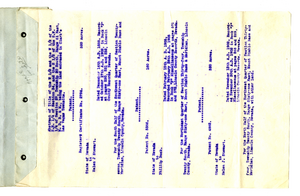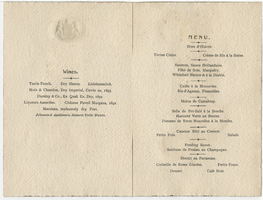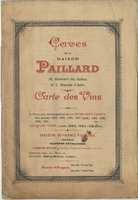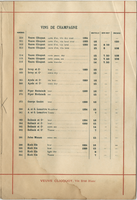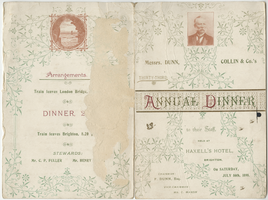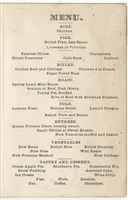Search the Special Collections and Archives Portal
Search Results
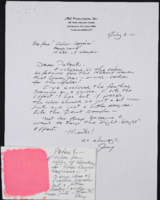
Color sample
Date
2001-07-03
Archival Collection
Description
Series II. Folies-Bergere production papers, designs, and photographs -- 17th Edition: The Best of the Folies-Bergere -- 2001 costume revisions: costume design drawings, photographs of costume pieces, correspondence, and notes -- When I Think of You
Text
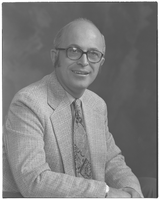
Photograph of Rabbi Philip Shnairson, 1970s
Date
1970 to 1979
Archival Collection
Description
Portrait photograph of Rabbi Philip Shnairson from Temple Beth Sholom. 4x5 negative.
Image
Pagination
Refine my results
Content Type
Creator or Contributor
Subject
Archival Collection
Digital Project
Resource Type
Year
Material Type
Place
Language
Records Classification

